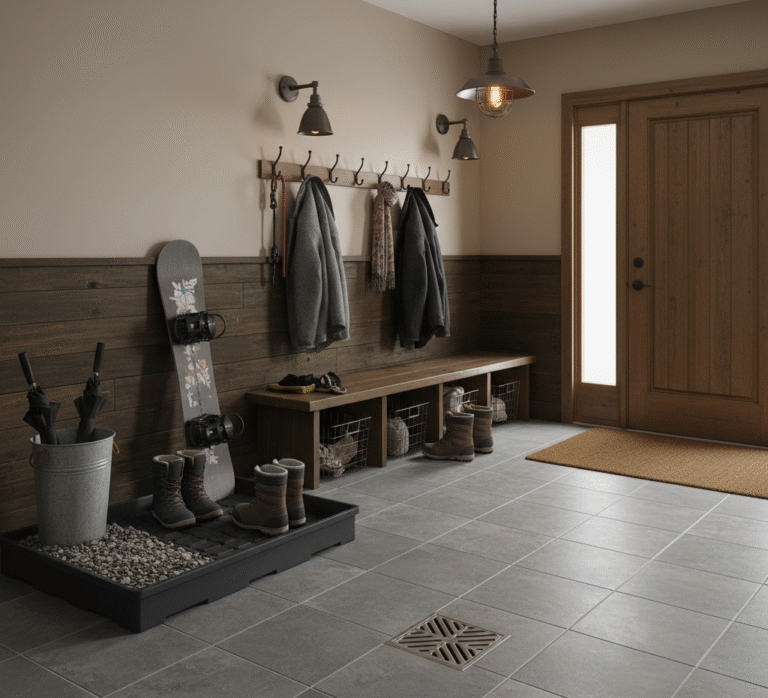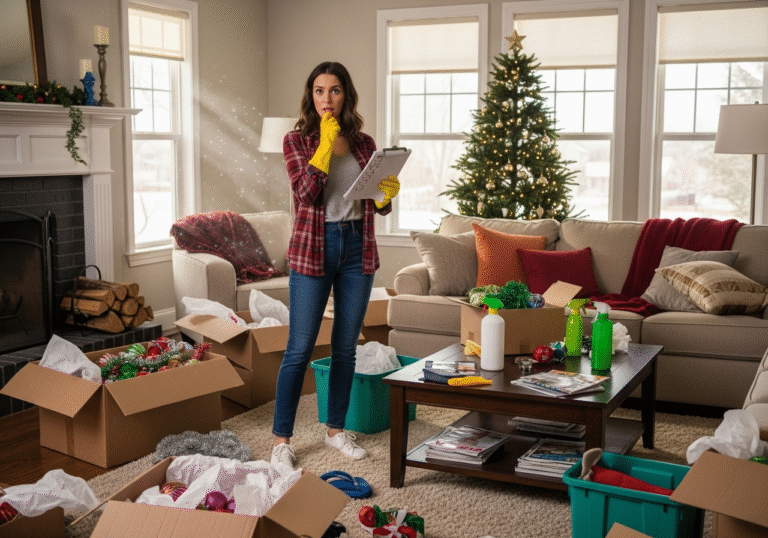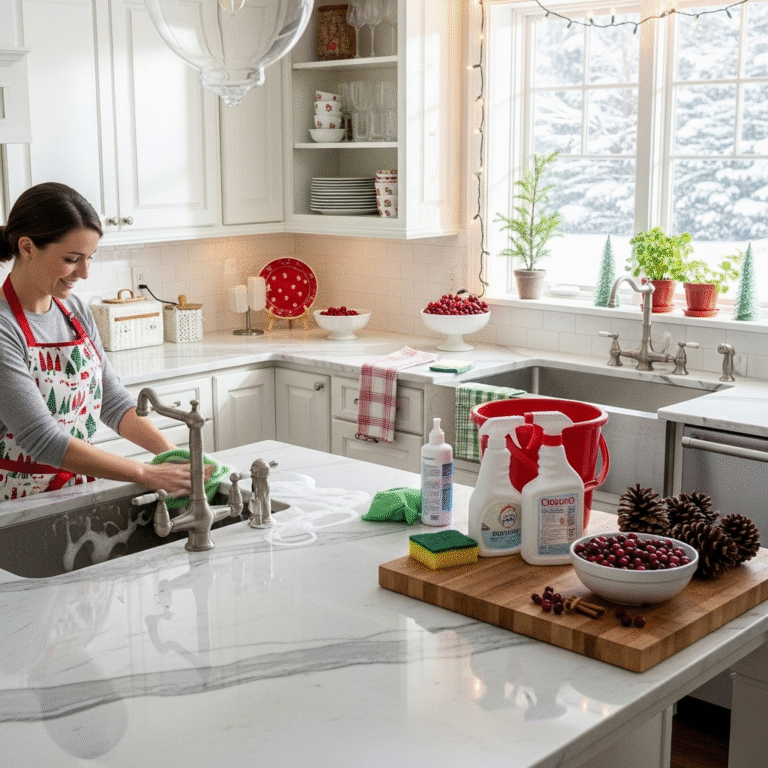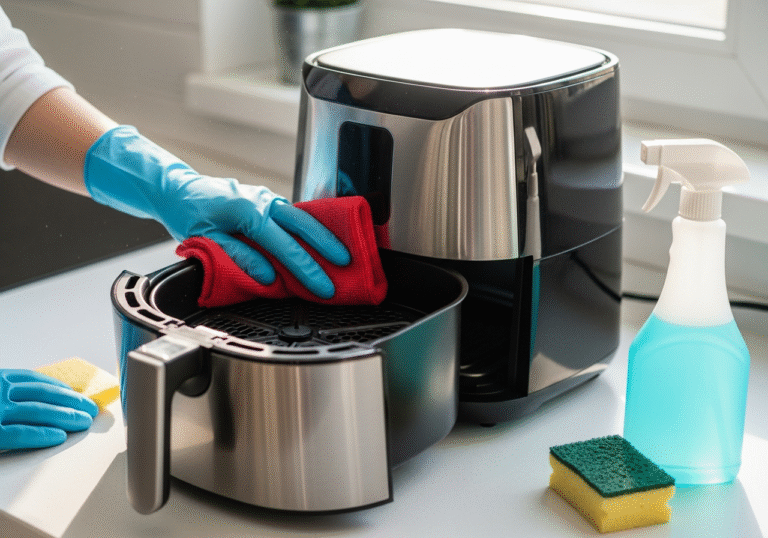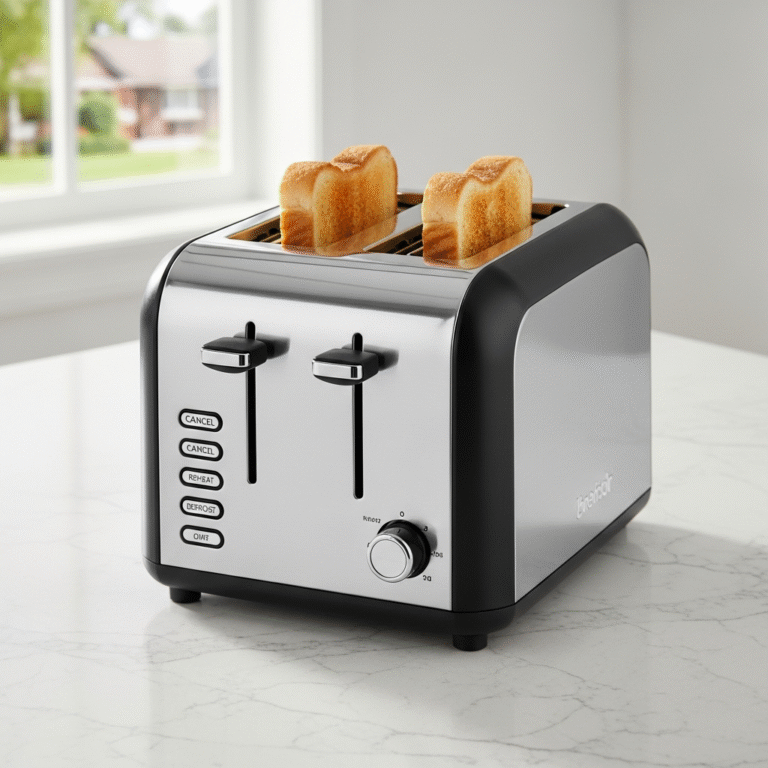The arrival of November in Canada marks a significant shift in the battle to keep a home’s entryway clean. It is the beginning of the great transition, a season of muck and grit where the crisp, dry leaves of autumn give way to a persistent dampness. This is the month where the entryway of a home transforms from a simple threshold into a critical first line of defense against the elements. The challenge is no longer just dirt and dust; it’s a formidable combination of wet leaves, mud, melting frost, and the first insidious appearance of road salt. Failing to contain this mess at the door means it will inevitably be tracked throughout the entire house, staining carpets, scratching hardwood, and creating a constant, gritty film on every surface. Establishing a robust entryway system is not merely a matter of tidiness; it is a strategic necessity for preserving your floors and your sanity throughout the long winter ahead.
1.Outdoor Carpet
The absolute foundation of this defensive system is a well-chosen and properly maintained set of mats. This is a two-part strategy that begins before anyone even steps inside. The exterior mat serves a single, crucial purpose: scraping. Its job is to aggressively remove the heaviest and most abrasive debris—clumps of mud, wet leaves, snow, and gravel—from the soles of footwear. A flimsy, decorative welcome mat is insufficient for this task. A proper Canadian winter mat needs to be a workhorse. Look for materials that are durable, bristly, and capable of withstanding freezing temperatures and moisture without cracking or rotting. Coir (coconut fiber), heavy-duty rubber with deep grooves, or synthetic turf designs are excellent choices. This mat should be the first point of contact, and its texture should actively encourage a thorough wipe of the feet. Maintaining this exterior mat is simple but vital. It needs to be shaken out vigorously on a regular basis to dislodge the trapped debris. Before a deep freeze sets in, a good hosing down can remove any caked-on mud, ensuring its scraping surfaces remain effective.

2.Interior Carpet
Once inside, the second part of the mat strategy comes into play: the interior mat. Its function is different from its outdoor counterpart. While the exterior mat scrapes, the interior mat absorbs moisture and traps the finer grit and salt particles that the first mat missed. This mat needs to be large enough for someone to comfortably step inside with both feet and still have room to close the door and remove their shoes. A small rug that gets kicked aside is practically useless. The ideal interior mat has a high-absorbency surface, such as cotton or microfiber, which can wick away a surprising amount of water. Crucially, it must have a non-slip rubber backing. This not only prevents dangerous slips on a potentially wet floor but also protects the floor beneath it from trapped moisture that could cause damage, particularly to hardwood. The maintenance of the interior mat is more frequent. It should be vacuumed daily during this high-traffic season to lift the dry grit and salt crystals. Depending on the weather and the amount of traffic, it may need to be taken outside and shaken or even laundered weekly to maintain its absorbency and effectiveness. A saturated, dirty mat no longer absorbs anything; it simply becomes a platform for spreading the mess around.
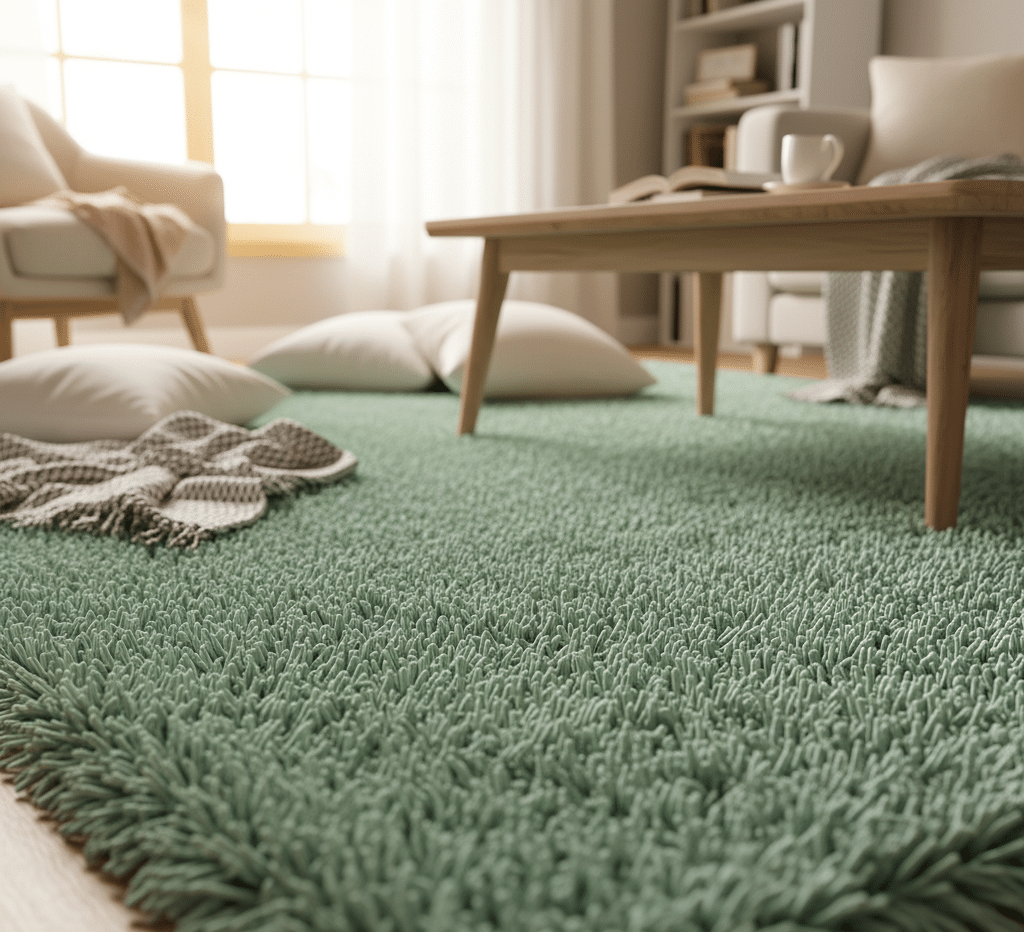
3.Boot Tray
Even the best mat system, however, will be overwhelmed by soaking wet boots or footwear caked in slush. This is where the second layer of defense, the boot tray, becomes indispensable. A boot tray is a simple piece of equipment—typically a shallow tray made of durable plastic or rubber with a raised lip around the edge—but its role is monumental. It is a containment field for the worst of the outdoor wetness. Placing a boot tray near the door provides a designated, waterproof area for wet and snowy footwear to be placed. It contains the puddles of melting snow, the drips of mud, and the corrosive salt brine, preventing them from ever touching your floor. This simple action protects the finish on your hardwood from being stripped by salt and prevents the grout in your tile from slowly deteriorating. Like the mats, the boot tray requires regular maintenance. It should be wiped dry and rinsed out frequently to remove the collected grime and salty residue. Allowing a pool of salty water to sit in the tray for days means that shoes will simply be sitting in the very substance you’re trying to avoid.
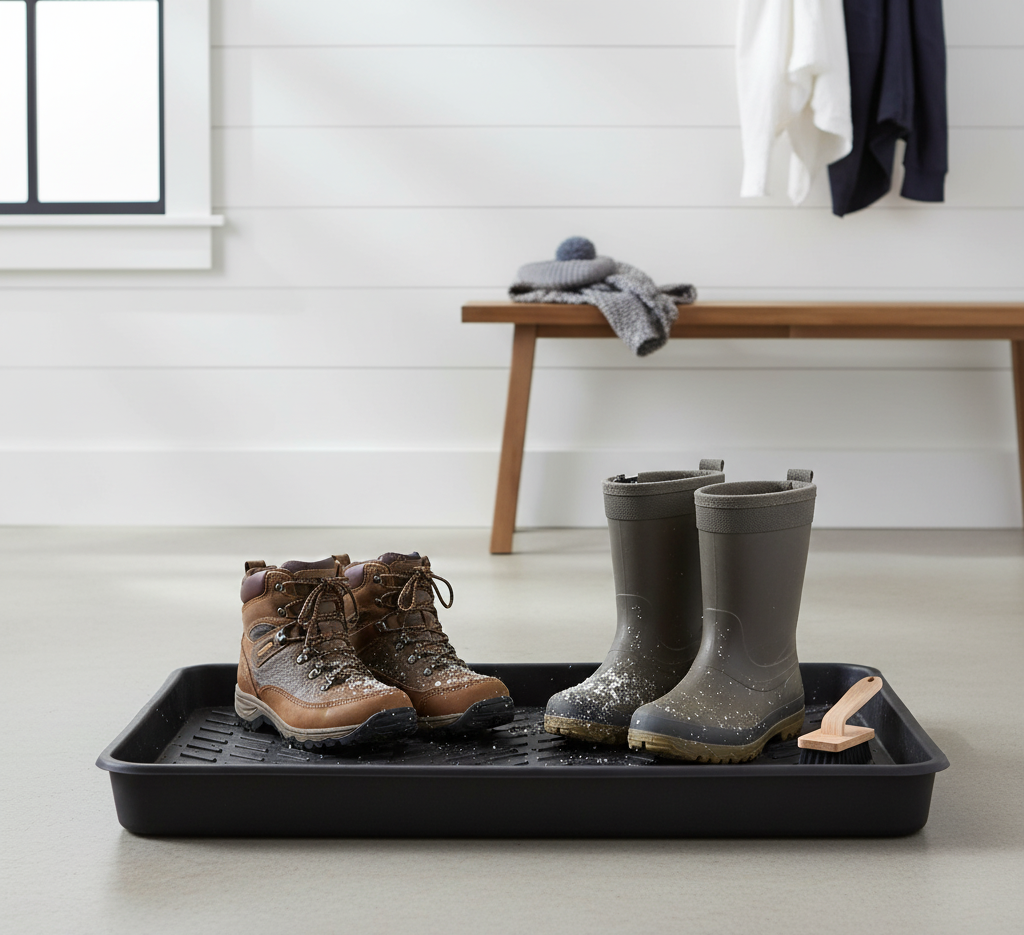
4.Sturdy Stool And Set of Hooks
Creating a truly functional entryway goes beyond just mats and trays; it involves establishing a complete “unloading station.” This means thinking about the entire process of coming inside. Placing a small, durable bench or stool next to the boot tray provides a place to sit down while removing cumbersome winter boots, making the process easier and reducing the chance of hopping around on one foot and stamping mess onto the clean floor. Above this area, a set of strong hooks should be designated for wet outerwear. Jackets and coats damp from rain or melting snow can drip onto the absorbent mat or directly into the boot tray area, keeping that moisture contained in one easy-to-clean zone. This prevents family members from wearing wet coats further into the house and dripping on carpets or furniture.
Inevitably, the defensive line will be breached. Gritty footprints will appear, and the tell-tale hazy white film of salt residue will begin to creep across the floor. How you deal with these incursions is critical to preventing long-term damage. The most important rule is to act quickly. Do not let salt and water sit on your floors. Salt is hydroscopic, meaning it attracts moisture, and when it dissolves into a brine, it becomes a potent chemical that can dull and strip the protective polyurethane finish from hardwood floors. On tile, it can seep into the porous grout lines, causing them to crack and crumble over time.
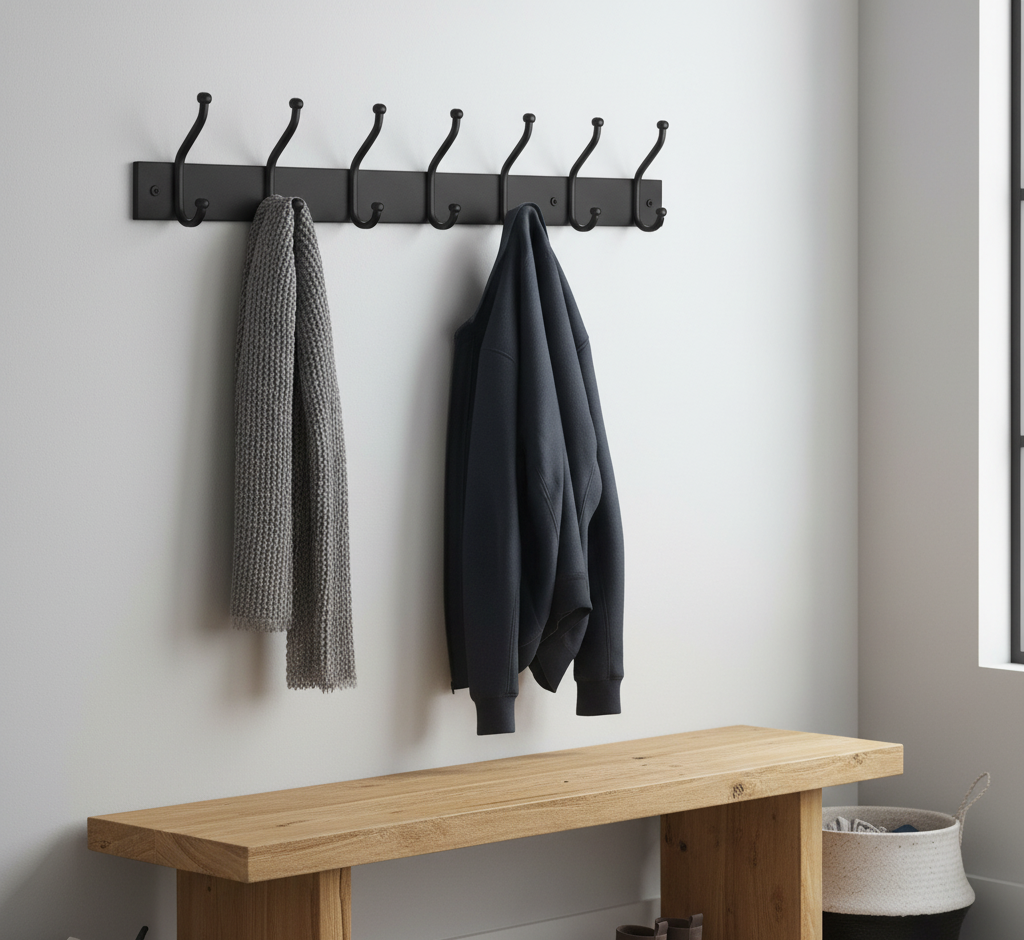
5.Cleaning
The cleaning process for an entryway floor must be methodical. The first step is always to remove the dry, abrasive particles. Use a vacuum with a hard floor attachment or a soft-bristled broom to gently lift all the sand, salt crystals, and fine grit. Mopping a gritty floor without sweeping first is the equivalent of cleaning it with sandpaper; you will simply be grinding those small, sharp particles into the floor’s surface, creating a web of microscopic scratches that will dull its finish.
Once the dry debris is gone, you can address the salt stains and grime with a damp mop. The key word here is damp, not wet, especially on hardwood or laminate floors where excess water can cause swelling and warping. For tile and sealed stone floors, a pH-neutral cleaner diluted in warm water is the safest and most effective choice for routine mopping. It will lift the dirt without being harsh on your grout. For stubborn salt residue, a more targeted approach is needed. A simple solution of one cup of white vinegar to a gallon of warm water can be very effective at dissolving the alkaline salt deposits. Mop the affected area with this solution, but do not let it sit for a prolonged period. It is essential to follow this with a second mopping pass using a separate mop head and only clean water. This second pass effectively rinses the floor, removing any lingering vinegar and dissolved salt, preventing a new film from forming as it dries. This two-step process—dissolve and then rinse—is the most reliable way to achieve a truly clean, streak-free surface.

6.Cleaning Tools
To make this constant battle more manageable, it is wise to equip the entryway with its own dedicated set of cleaning tools. Keeping a small dustpan and brush, a roll of absorbent paper towels or a designated “muck cloth,” and a spray bottle filled with your chosen salt-removing solution right in the front closet removes the friction of having to go and gather supplies from another part of the house. This immediate accessibility makes it far more likely that small messes will be wiped up instantly before they become bigger problems. This is also the time to organize that front closet, ensuring there is ample space for bulky winter coats, boots, and baskets for the inevitable collection of hats, scarves, and gloves. An organized closet prevents these items from spilling out into the entryway and contributing to the clutter and mess. A clean entryway is an organized entryway.
The constant vigilance required to maintain a clean entryway during a Canadian November is significant, but the payoff is immense. It protects the significant investment you have in your flooring, reduces the overall amount of cleaning required throughout the rest of the home, and creates a more peaceful and welcoming first impression for anyone who steps through your door. It is a proactive strategy, a system of defense that, once established, makes the transition into the harsher winter months far more manageable.

Maintaining this first line of defense is crucial for protecting your floors and keeping your home clean throughout the muck season. The daily battle against grit and salt at your entryway is a vital part of a larger strategy for a clean and healthy home. For a comprehensive clean that addresses the mess brought in from the outside and ensures every room is restored to a pristine condition, trust the professionals at Toronto Shine Cleaning.













